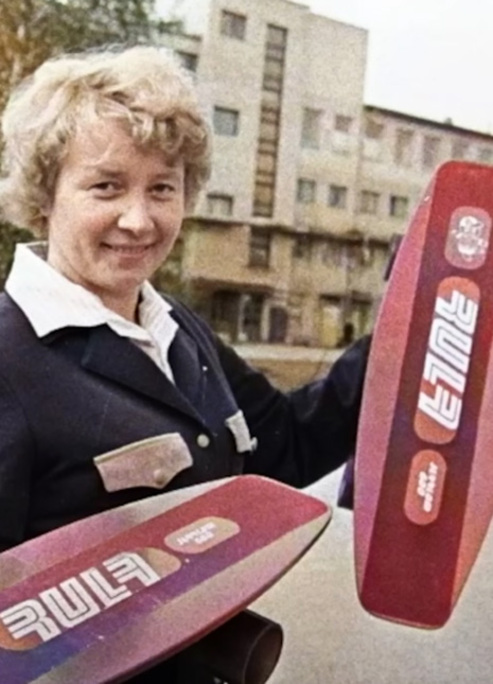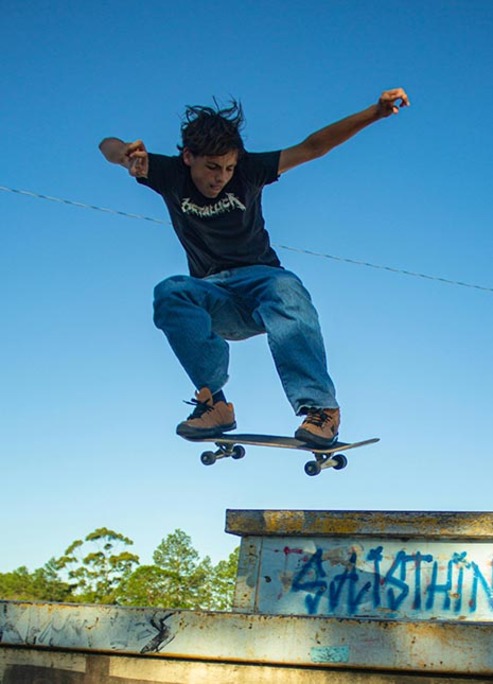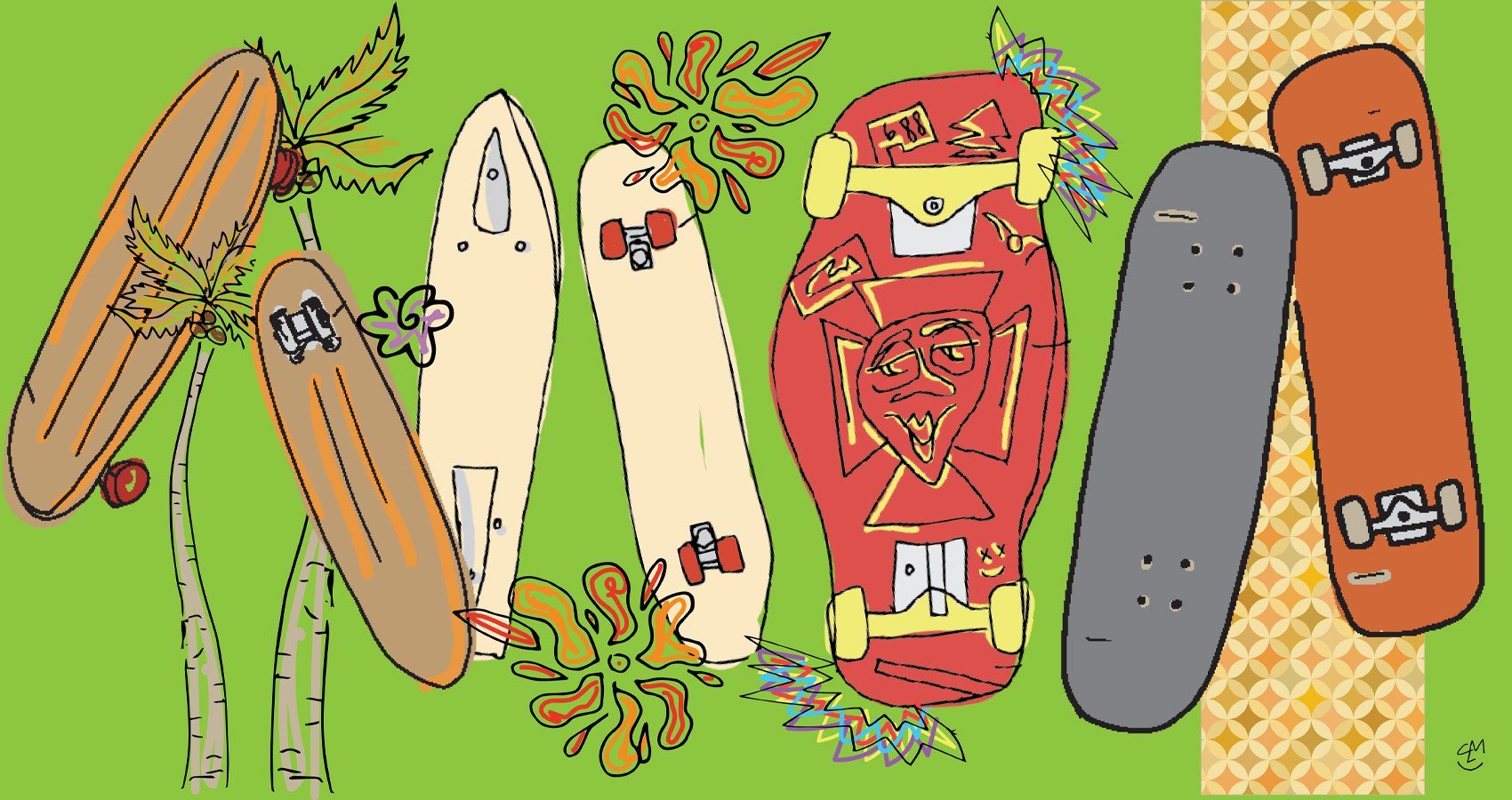
The Evolution of Skateboarding Culture in NYC
New York City, famously known for its fast-paced lifestyle and towering skyscrapers, has always been a melting pot of diverse cultures and subcultures. Among them, skateboarding stands out as an emblem of youthful rebellion and self-expression. Over the decades, the city's skateboarding culture has evolved from a fringe activity to a vibrant and influential movement. This article delves into the captivating history of skateboarding culture in NYC, exploring its humble beginnings, moments of adversity, and its eventual rise to becoming an iconic facet of the city's urban identity.
The Birth of NYC Skateboarding

The origins of skateboarding in NYC can be traced back to the 1960s when California's surf culture began influencing youths across the United States. Young enthusiasts in NYC were drawn to the idea of "sidewalk surfing," seeking to replicate the sensation of riding waves on the bustling city streets. The initial makeshift skateboards were nothing more than wooden planks with roller skate wheels attached, offering a crude but thrilling experience.
Early Challenges and the Skateboarding Ban
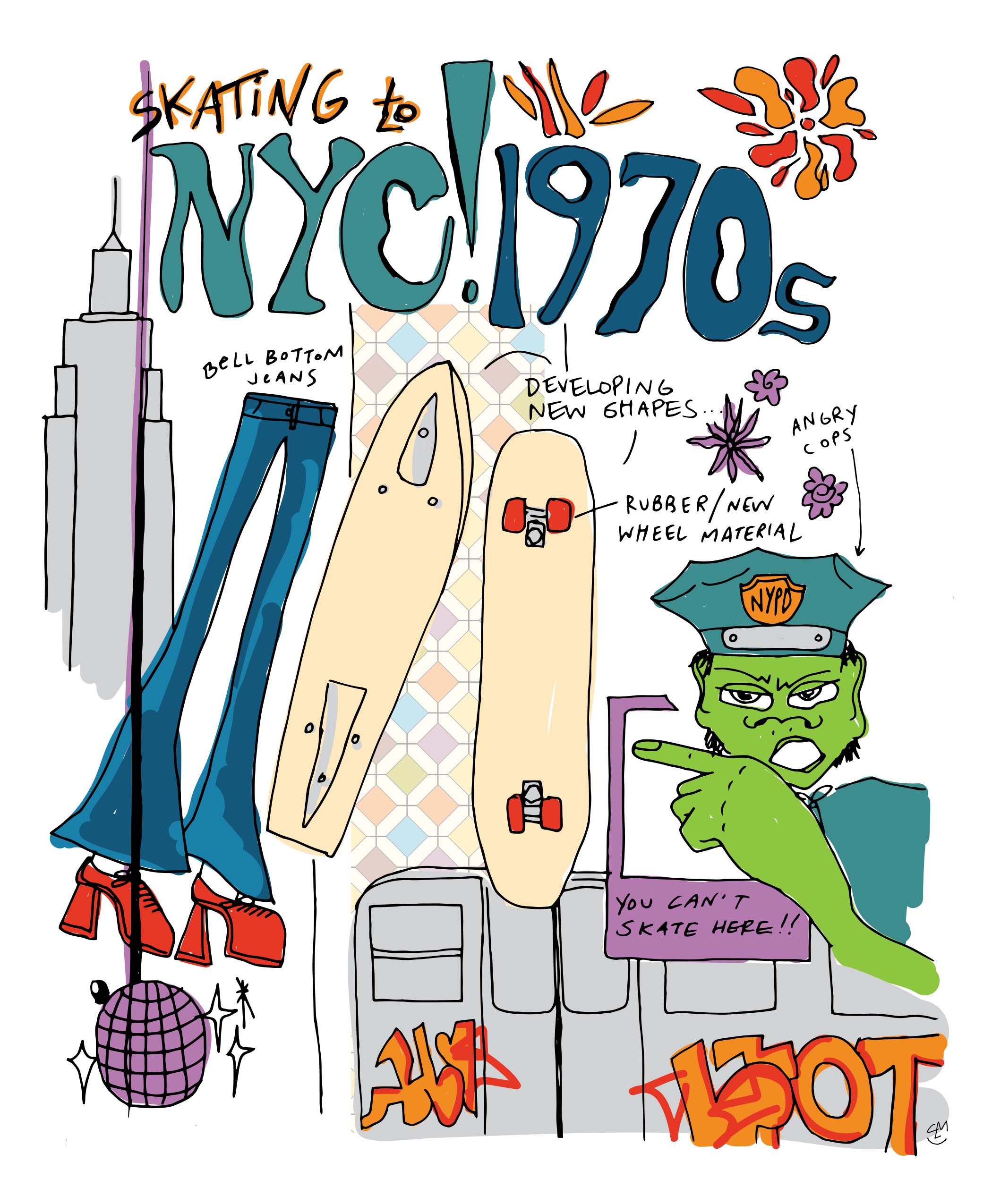
During the 1970s, skateboarding faced several challenges in NYC. The absence of designated skate parks, combined with concerns about safety and property damage, led to a widespread ban on skateboarding in public places. Skateboarders were seen as troublemakers and often met with disdain from the public and law enforcement. Despite these setbacks, skateboarding persisted underground, with small groups gathering in hidden spots to practice their craft.
The Turning Point: Tompkins Square Park
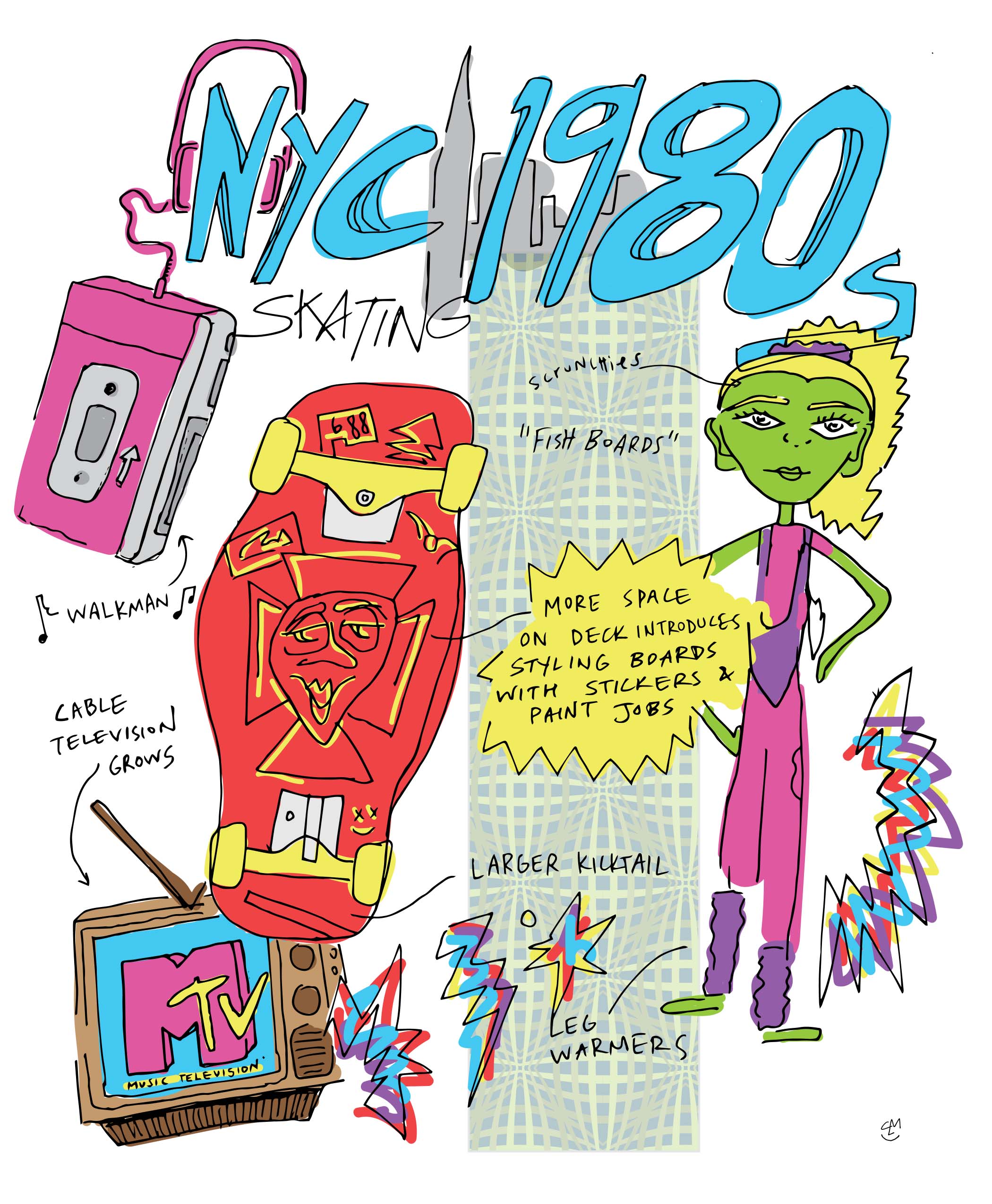
The 1980s marked a significant turning point for NYC's skateboarding culture with the emergence of a vibrant scene in Tompkins Square Park. Located in Manhattan's East Village, this park became a sanctuary for skateboarders and an informal hub for the local skateboarding community. Although the park wasn't officially designated for skateboarding, it provided a space for creativity and camaraderie, fostering the growth of the sport.
The Rise of Street Skating and Local Legends
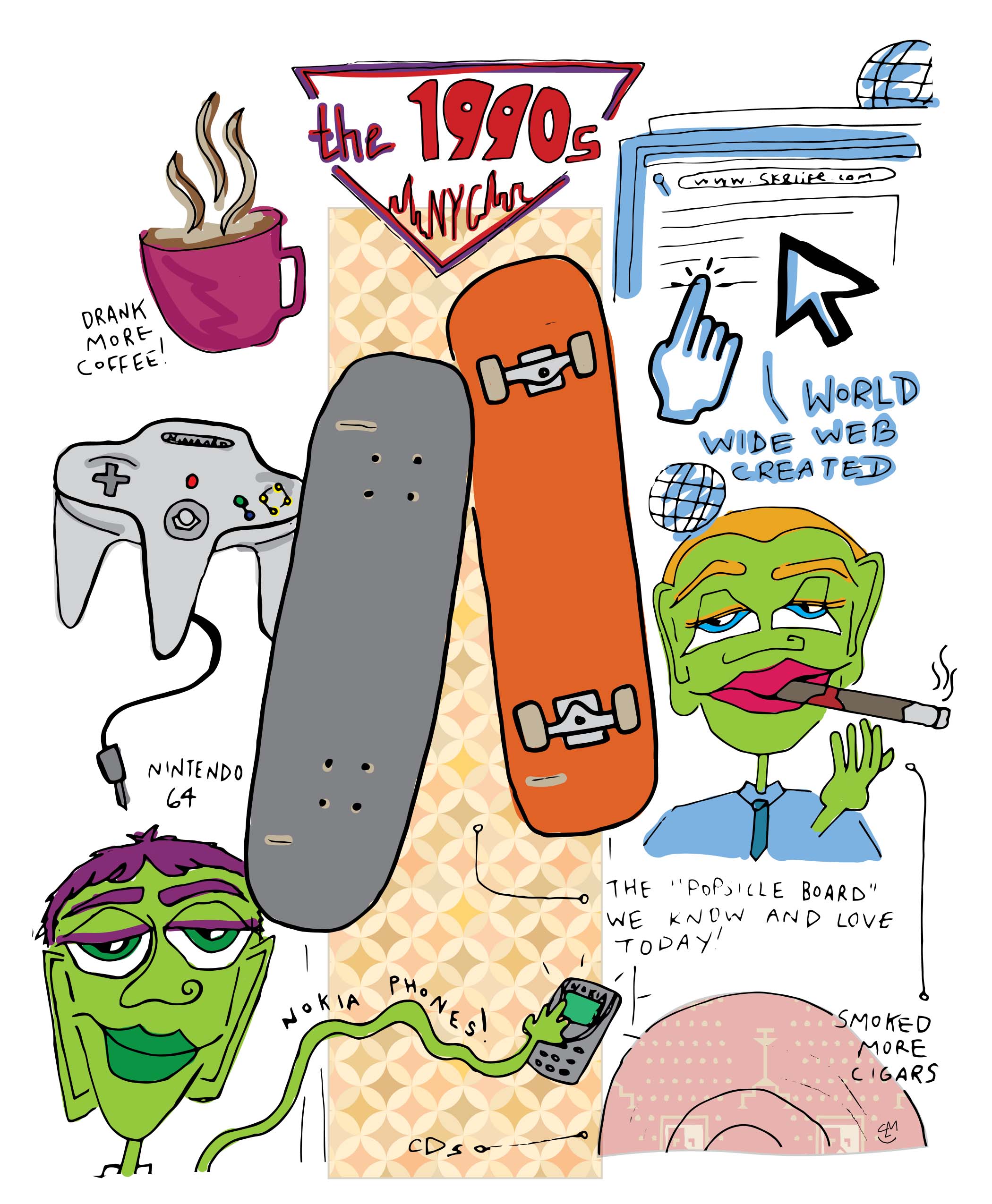
As the 1990s rolled in, street skating gained momentum in NYC. Skaters started incorporating elements of urban architecture into their tricks, utilizing handrails, stair sets, and ledges to push the boundaries of what was possible on a skateboard. Local legends like Harold Hunter, Keith Hufnagel, Ryan Hickey, and the Zoo York Crew emerged during this era, elevating NYC's skateboarding culture onto the global stage.
The Skateboarding Renaissance: Skate Parks and Recognition
With growing interest and demand for safer spaces to skate, NYC began to embrace skateboarding culture in the late 1990s and early 2000s. New skate parks like the Brooklyn Banks and the LES Skatepark provided legal and designated areas for skaters to hone their skills and express themselves freely. Additionally, skateboarding began receiving mainstream recognition through films, magazines, and sponsored events, further solidifying its place within the city's cultural landscape.
NYC's Influence on Skateboarding Fashion and Art
Beyond its impact on sports and recreation, NYC skateboarding culture started to permeate the worlds of fashion and art. Local skate brands like Supreme and Supreme NYC gained global notoriety, blending skate aesthetics with high fashion. Furthermore, skateboarding artists, photographers, and videographers showcased the city's skateboarding spirit through their work, immortalizing the urban experience on wheels.
Diversity and Inclusivity
One of the most compelling aspects of NYC's skateboarding culture is its inclusivity, which now extends to offering skateboard classes. Skateboarding has become a means of expression for people from all walks of life, transcending boundaries of race, gender, and socio-economic status. The skateboarding community in NYC celebrates diversity, fostering an environment where everyone, including those participating in skateboard classes can find acceptance and belonging.
Conclusion
The history of skateboarding culture in NYC is a tale of resilience, innovation, and artistic expression. From its humble beginnings on makeshift boards to the thriving scene it is today, skateboarding has left an indelible mark on the city's identity. As skateboarding continues to evolve, its influence on New York City's culture will undoubtedly persist, reflecting the ever-changing spirit of urban life. The streets of NYC will forever echo with the sound of wheels rolling, reminding us of the enduring power of skateboarding culture in the Big Apple.
Illustrations made by Chloe McCullough


